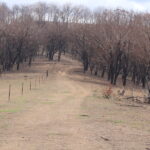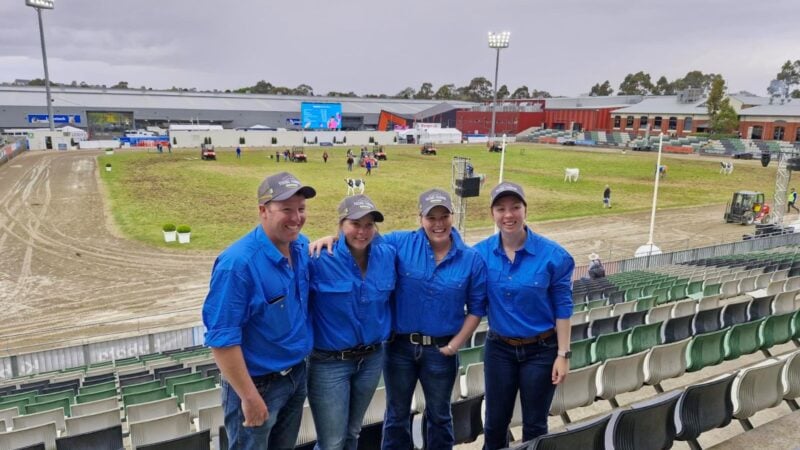Everybody is talking about carbon, but there are few tools actually being provided to those…
Give a little for cyclone impacted farmers in New Zealand
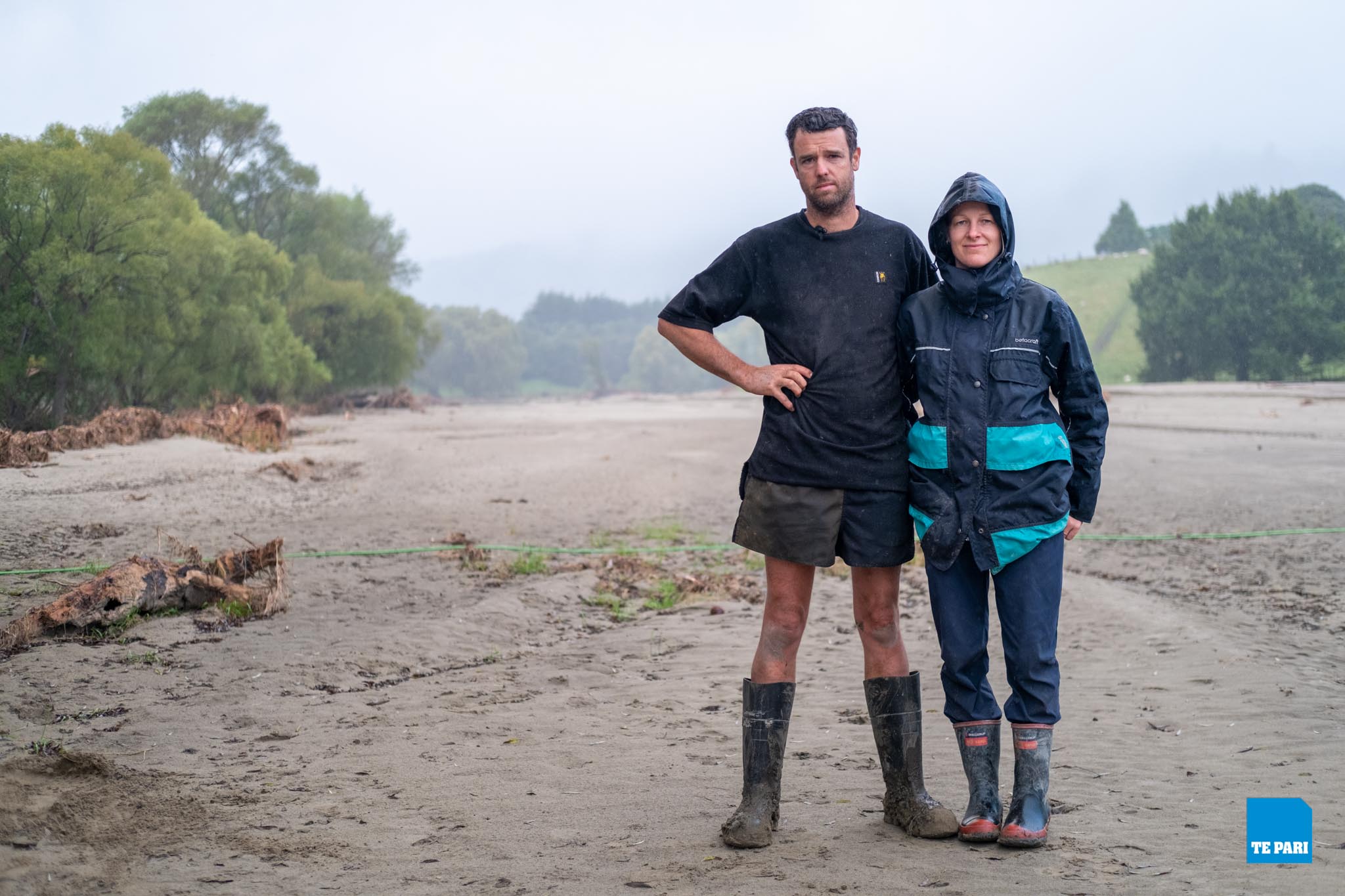
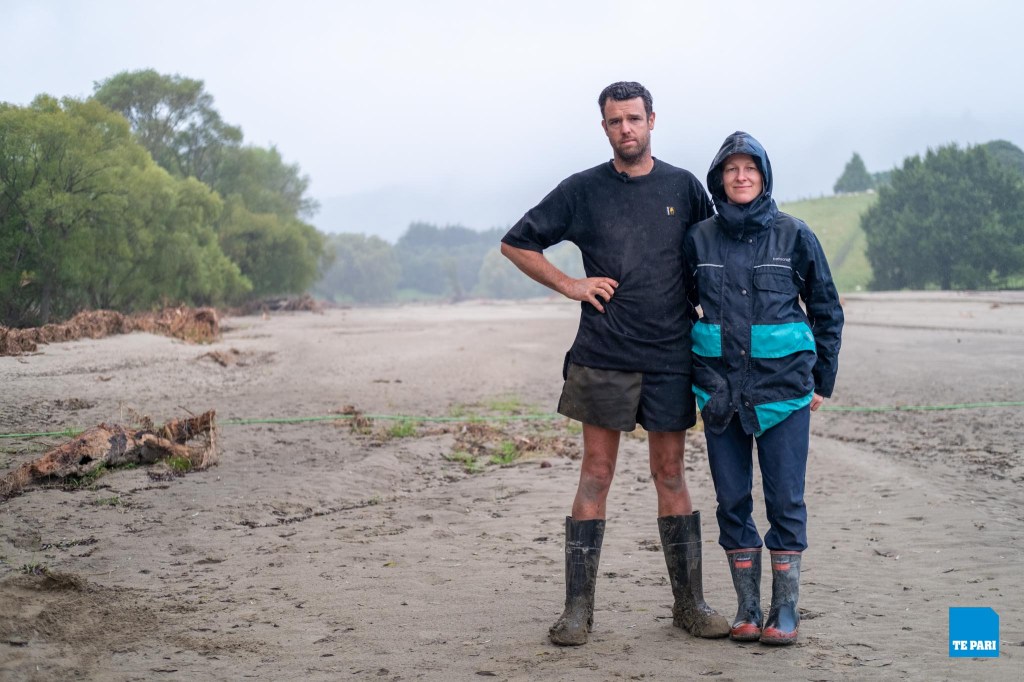
Australian farmers have the opportunity to return a favour to their counterparts in New Zealand who have been impacted by Cyclone Gabriel.
Farmers can donate through the Give-a-Little webpage set up by global AgriTech company Te Pari – based in Oamaru – with funds going directly to Rural Support Trust.
Te Pari has instigated successful crowdfunding campaigns before, having raised more than $15,000 for a Victorian farmer after the 2019 Australian bushfires. New Zealand farmers also organised a Facebook page in 2020 that was swamped with offers of free accommodation for bushfire affected farmers, and New Zealand’s Federated Farmers also chipped in with support during the dreadful drought of 2019.
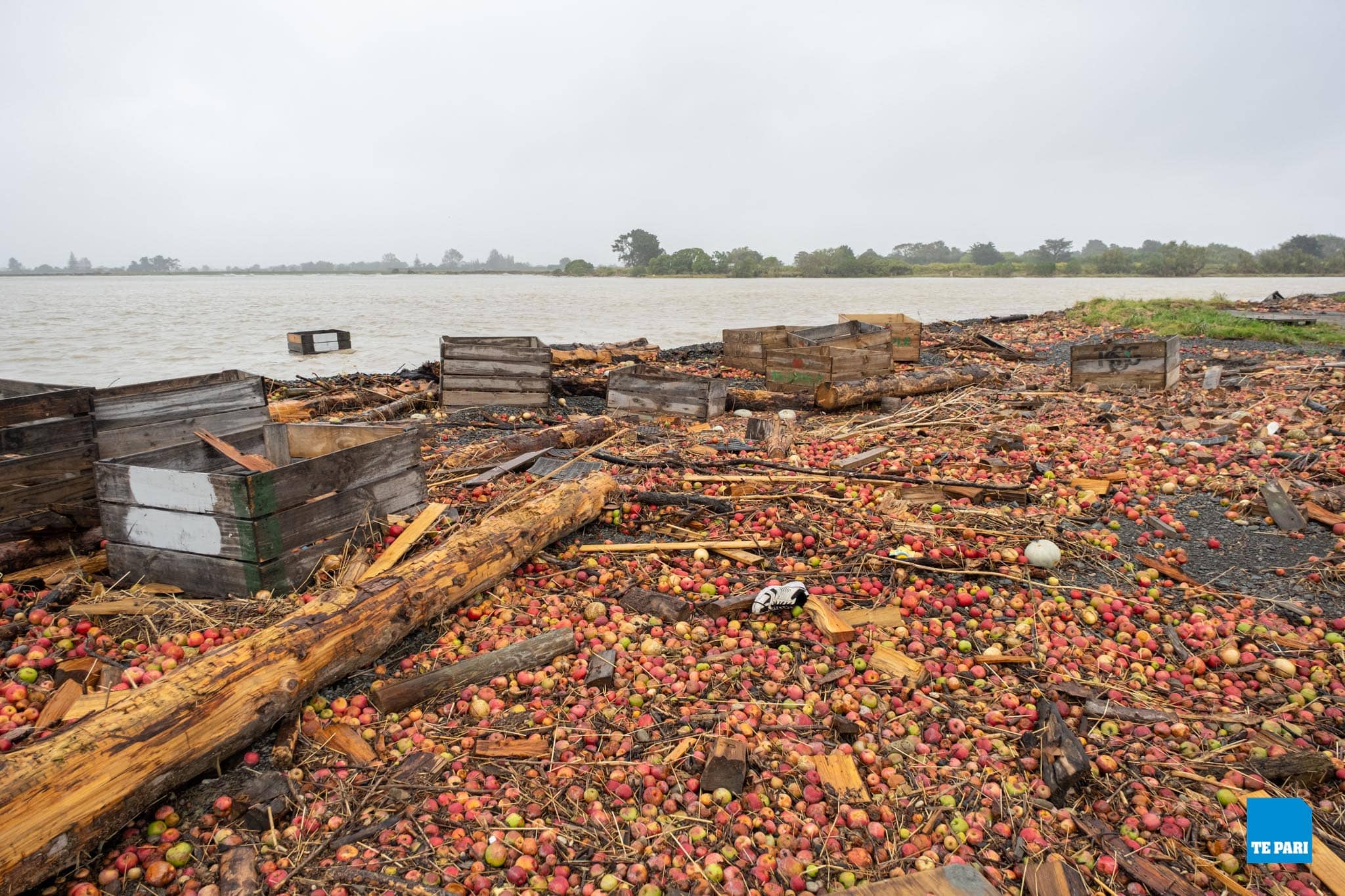
Te Pari marketing manager Corban Blampied, who is coordinating the fundraising effort, travelled to the east coast region of New Zealand last week to speak with farmers.
“The devastation was much worse than we expected,” he said.
“The clean-up will be nearly insurmountable and local farmers will be hurting for a very long time.”
“We’re asking farmers and people in other rural communities from around the world to band together and offer these guys some financial support to help get the sector moving again.”
Mr Blampied said many Hawke’s Bay farmers share similar stories of devastation.
“It really is out of this world.”
“The cyclone has affected produce, livestock and the NZ agricultural industry as a whole. While the community is resilient, they do need support, especially during this rebuilding process.”
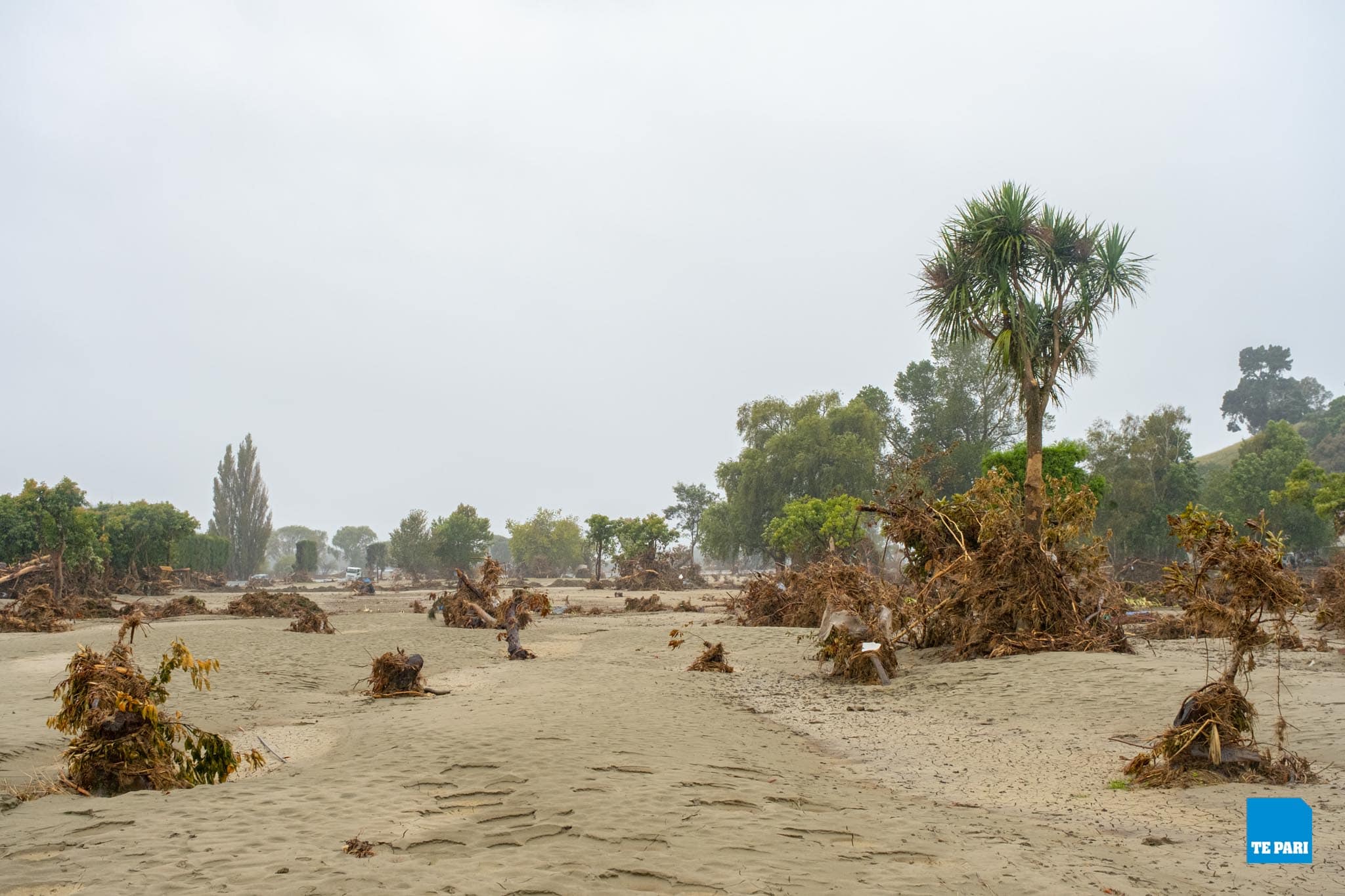
East Coast Rural Support Trust chairperson Clint Worthington says 100% of donations will go to impacted communities.
“These donations won’t just go towards the next month or two, but will be helping farmers set up for the long-term as well,” Mr Worthington says.
“The process of recovery from an adverse event like this, is in three stages – response and ensuring safety during the first few weeks; recovery, which can take three to four months, and then rebuilding. There is massive damage, and it will take years to recover from, so we need to have that long-term focus.”
Martin Pastoral farm manager Dave Martin – who runs a 2200-hectare sheep, beef and crop farm in Wairoa – said they had only just recovered from the damage after the March 2022 floods, when cyclones Hale and Gabrielle hit.
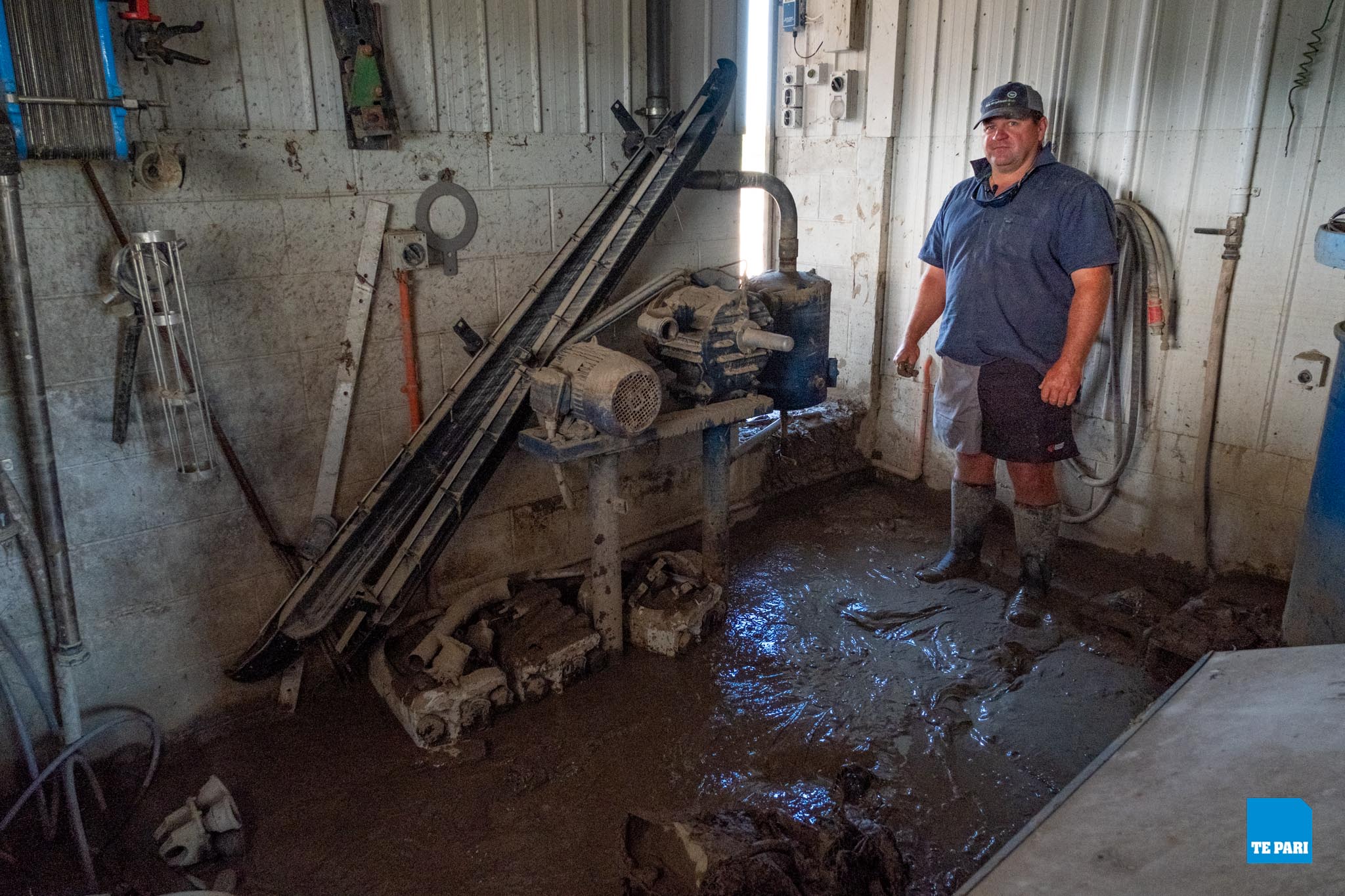
“Eleven months ago, we were devastated by the damage and destruction from the last floods and now we’re back to square one,” Mr Martin said.
“Only, this time it’s worse than it was last year. We weren’t expecting a flood of this proportion, let alone thinking that we could have a flood bigger than Cyclone Bola.”
Cyclone Gabrielle’s economic costs are expected to well surpass that of Cyclone Bola in 1988, with cost estimates reported to be in the billions.
You can donate to the Give-a-Little campaign here.
Read how Sri Lankan farmers are fairing after major upheaval in their agriculture sector.



